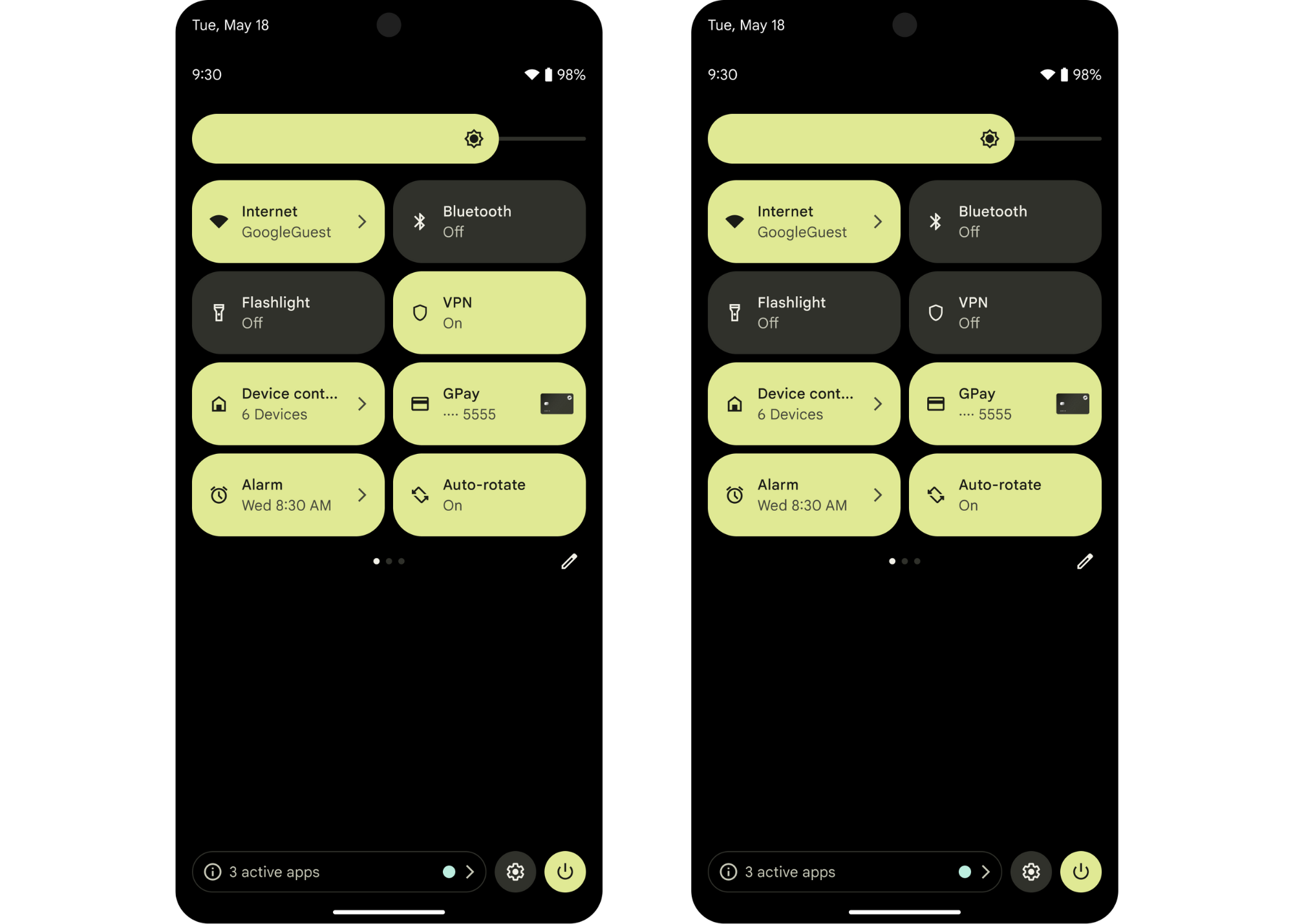Where Can I Find Auto Rotate on My Phone: Quick Guide!
Auto Rotate on your phone is typically found in the Quick Settings menu or under the Display settings. Swipe down from the top of the screen to access it quickly.
Your smartphone’s Auto Rotate feature is a convenient tool that adapts the screen orientation to suit how you’re holding your device. Whether you’re browsing photos, watching videos, or reading an article, it ensures optimal viewing by switching between portrait and landscape modes.
This function is especially handy for those who multitask or use their phones on the go. To enable or disable Auto Rotate, you can simply pull down the Quick Settings panel with a two-finger swipe from the top of your screen. For a more permanent change, you may need to dive into your phone’s Display settings through the main Settings app. Adjusting Auto Rotate according to your preferences enhances your mobile experience and helps you use your device more efficiently.
Auto Rotate Essentials
The Auto Rotate function is a key feature in smartphones. It adjusts the screen orientation. This happens when you turn your device. Your phone’s display moves from portrait to landscape, or vice versa. This is based on how you hold your phone. Auto Rotate enhances user experience by making viewing flexible. It is helpful while using apps and watching videos. Users can easily switch to their preferred screen layout.
- Swipe down from the top of your screen.
- Look for the Auto Rotate icon.
- Tap on the icon to enable it.
Accessing Auto Rotate Settings
To access Auto Rotate settings on your phone is simple. Users often forget where to look. First, swipe down from the top of your screen. This action opens the quick settings menu. You should see Auto Rotate among the various icons. If not, swipe left to find additional options.
Some devices label it as “Rotate” or “Screen Rotation”. Tap the icon to enable or disable it. Auto rotate not visible? Users may need to edit quick settings. Tap the pencil or edit button, then drag the Auto Rotate icon to your menu.
| Common Issue | What to Do |
| Auto Rotate is missing. | Check the full settings list. |
| Auto Rotate won’t work. | Restart your phone. |
| Icon is greyed out. | Close open apps that may restrict rotation. |
Adjusting Auto Rotate Options
Many modern smartphones come with a useful feature named auto rotate.
To enable or disable this, access the settings on your device.
Look for ‘Display’, ‘Accessibility’, or a similar option.
Within these settings, locate the ‘Auto Rotate’ or ‘Screen Rotation’ toggle.
Flip the switch to control the feature. Labeling may vary depending on your phone’s brand.
To customize auto rotate behavior, some devices offer advanced settings.
Open the auto rotate settings and explore options like ‘Rotate to landscape mode’.
You can often set preferences for specific apps or scenarios.

Credit: developer.android.com
Troubleshooting Auto Rotate
Auto rotate issues often stem from enabled screen rotation lock or system glitches. Access your phone’s settings to check for rotation lock.
Ensure that the setting is off to allow screen rotation.
Some apps do not support auto rotate. Verify by trying different apps.
Rebooting the device can resolve temporary software problems that affect rotation.
Updating your phone’s software can also fix bugs and improve functions.
“`Alternative Methods For Managing Screen Rotation
Many smartphones offer an auto-rotate feature. However, sometimes you need more control over your screen’s orientation. This is where third-party apps come into play. These apps provide enhanced options for managing how and when your screen rotates.
For instance, apps like Rotation Control or Ultimate Rotation Control allow users to lock their screens in any orientation. This includes landscape, portrait, and even reverse modes. Also, some apps offer advanced settings based on the app you are using or the device’s physical orientation.
Among manufacturer-specific solutions, many brands provide their tools. Samsung has Smart Rotate, and LG offers additional customizations. These built-in options often complement the native Android settings. Checking your device’s settings menu is a good place to start.
Credit: www.samsung.com
Maintaining Screen Orientation Preferences
To keep your phone screen the way you like it, finding the auto rotate feature is key. This option is in your phone’s settings. It may be under ‘Display’, ‘Accessibility’, or a similar section. Once located, toggle it to your desired preference, like ‘on’ for automatic rotation or ‘off’ for a fixed position.
Want your settings to match on all your devices? Make sure to sign in to your main account, like Google or Apple. This step helps to sync your preferences. Check if the ‘sync settings’ option is enabled. This ensures your chosen screen orientation follows you from one device to another.

Credit: www.reddit.com
Frequently Asked Questions On Where Can I Find Auto Rotate On My Phone
Where Is Auto Rotate On My Phone?
To find auto-rotate on your phone, swipe down from the top screen to open the quick settings menu. Look for the “Auto-rotate” icon and tap to enable or disable it.
Why Is My Phone Screen Not Rotating?
Your phone screen may not rotate due to disabled auto-rotate settings or a malfunctioning accelerometer. Ensure the auto-rotate feature is enabled and restart your device. If issues persist, check for software updates or contact manufacturer support.
Where Is Rotation In Settings?
To find rotation settings, navigate to your device’s main ‘Settings,’ then select ‘Display. ‘ Look for ‘Auto-rotate screen’ or a similar option to adjust your preferences.
Where Did My Auto Rotate Button Go?
Your auto rotate button might have been removed from the quick settings menu. Swipe down from the top of your screen and tap the pencil icon to customize and re-add the auto rotate button.
Conclusion
Navigating your phone settings can initially seem daunting. Yet, mastering the auto-rotate feature enhances your device experience substantially. Remember, the exact path may vary, so consult your phone’s manual for quirks. Ready to tackle more phone tips? Our blog is a treasure trove for tech enthusiasts seeking practical advice.
Keep exploring!

